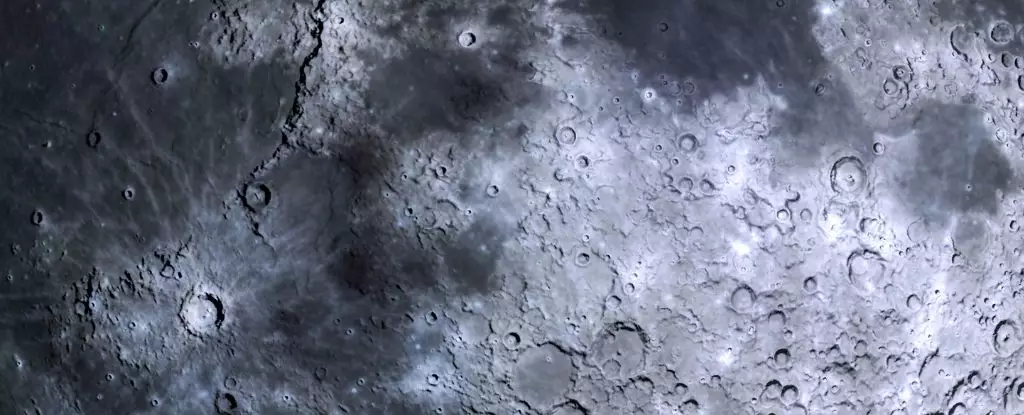To the naked eye, the Moon appears to be a barren and static celestial body—a relic of the distant past. However, a recent study has unveiled intriguing evidence suggesting that the Moon may still be exhibiting geological activity far more recently than previously believed. While our Earthbound perspective might lead us to assume that the lunar landscape has remained unchanged for eons, findings from researchers highlight that geological processes continued well into the last 14 million years, seemingly breathing new life into our understanding of the Moon’s dynamic history.
To contextualize these findings, it is crucial to delve into the Moon’s formative years. Approximately 4.5 billion years old, the Moon’s surface was once dominated by a molten ocean of magma, a violent and dynamic habitat teeming with geological upheaval. However, around three billion years ago, the cooling of the lunar surface marked the transition into a more stable state, characterized by a decrease in volcanic activity and a gradual solidification of the lava that once flowed freely. What many scientists believed to be the end of significant geological events has now come under scrutiny.
Geologist Jaclyn Clark from the University of Maryland (UMD) suggests that historical assumptions about the Moon’s geological inactivity may be fundamentally flawed. The prevailing hypothesis had been that most geological activity occurred during a much earlier period, but the detection of ongoing tectonic movements has sparked a paradigm shift in lunar geology.
Employing cutting-edge mapping and modeling techniques, Clark and her team have identified 266 small ridges on the Moon’s far side—places that had been largely overlooked in earlier explorations. The presence of these ridges signals that geological processes are not merely relics of the past, but possibly still at work today. These formations cross over and encircle several of the Moon’s maria—dark, basaltic plains that resemble oceans yet were created from ancient volcanic activity following cataclysmic impacts.
The far side of the Moon has often been suspected to have experienced more significant cooling due to its exposure to numerous impacts. However, the new evidence suggests that geological dynamics may not have ceased as abruptly as previously thought. It raises questions about the cooling timeline and geological evolution of both the near and far sides of the Moon.
The crux of the study involves meticulous crater counting—a method that serves as a geological clock. Clark elaborates that the more craters found on a surface, the older it is. Therefore, when researchers found ridges that intersect with relatively young impact craters, a compelling argument emerged for ongoing geological activity. The most recent major collision on the Moon occurred roughly 14 million years ago, which further reinforces the idea that tectonic processes have continued in a way that challenges long-held beliefs.
While the implications of this research are significant, researchers caution that further exploration is necessary before drawing definitive conclusions about the Moon’s current geological state. The evidence does suggest that features formed in the last 160 million years are indicative of a Moon that is not entirely dormant. The potential for a Moon that remains dynamically unstable is particularly intriguing—and gives rise to considerations about its geological lifespan and structural integrity.
The study of lunar geology has profound implications for our understanding of celestial bodies in our solar system. As we gather more evidence about the Moon’s hidden activities, it challenges not only our static image of the Moon but invites us to reconsider other celestial bodies that may exhibit similar traits. With ongoing advancements in technology and deeper investigations into lunar geology, the Moon may no longer be seen as a mere relic, but rather as a complex and evolving world, adding richness to our understanding of planetary science. The Moon’s narrative may be just beginning, suggesting that its surface could still harbor secrets waiting to be uncovered.


Leave a Reply